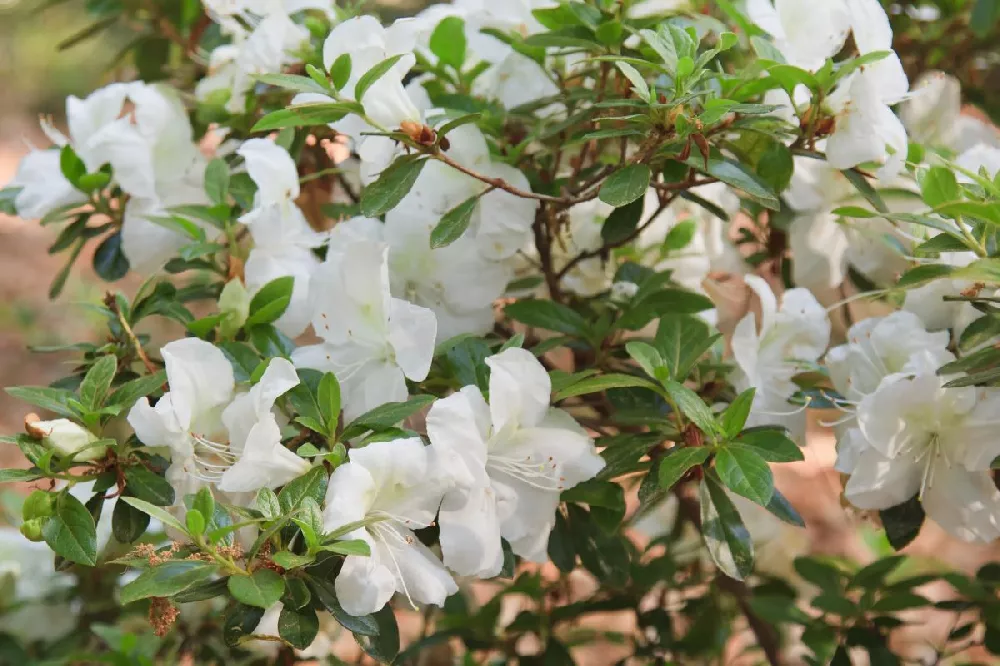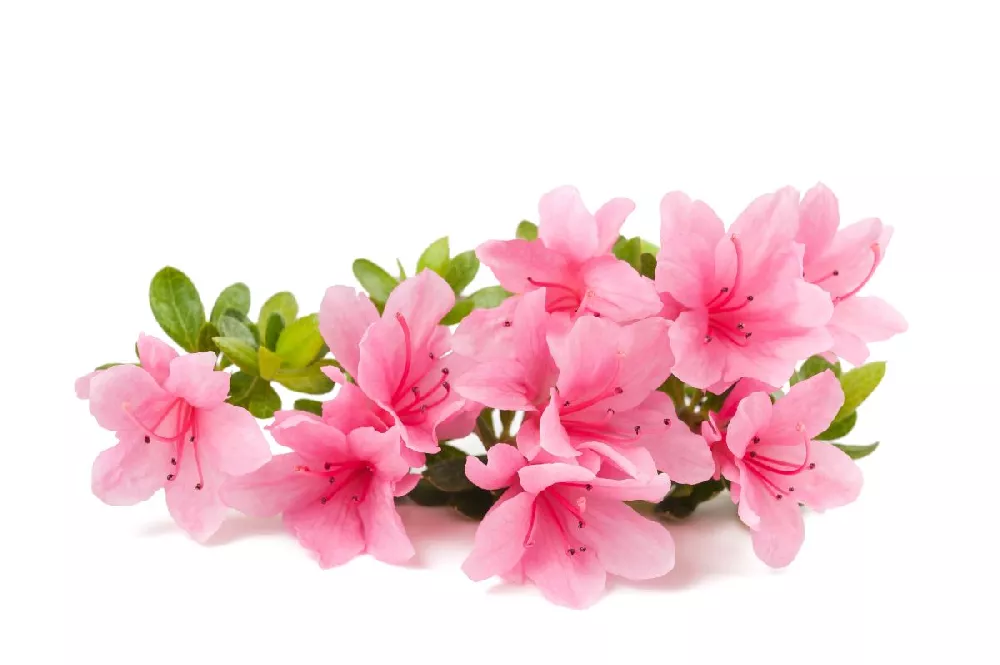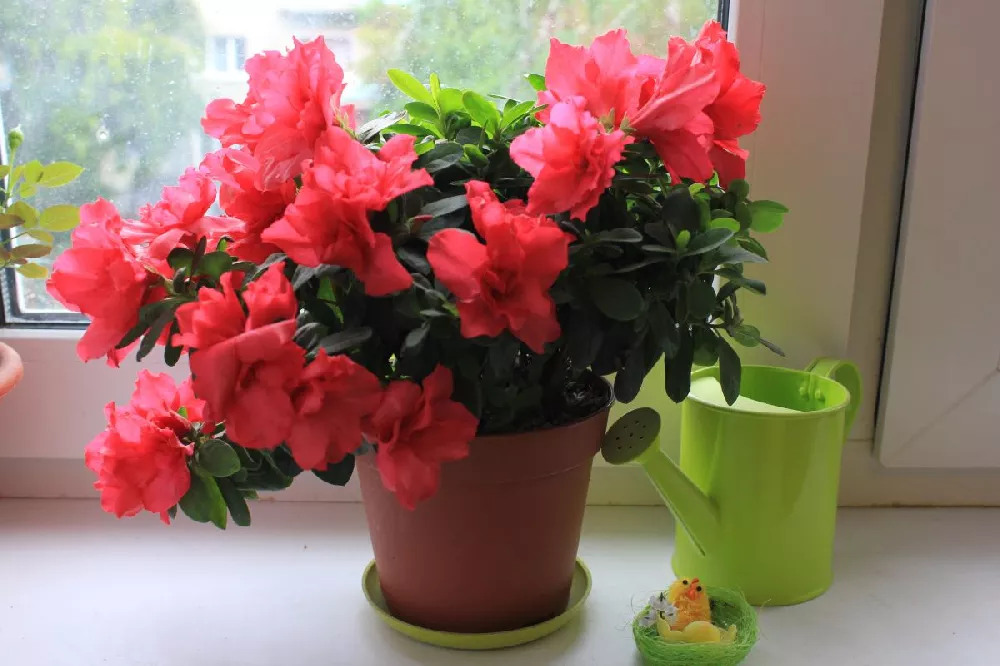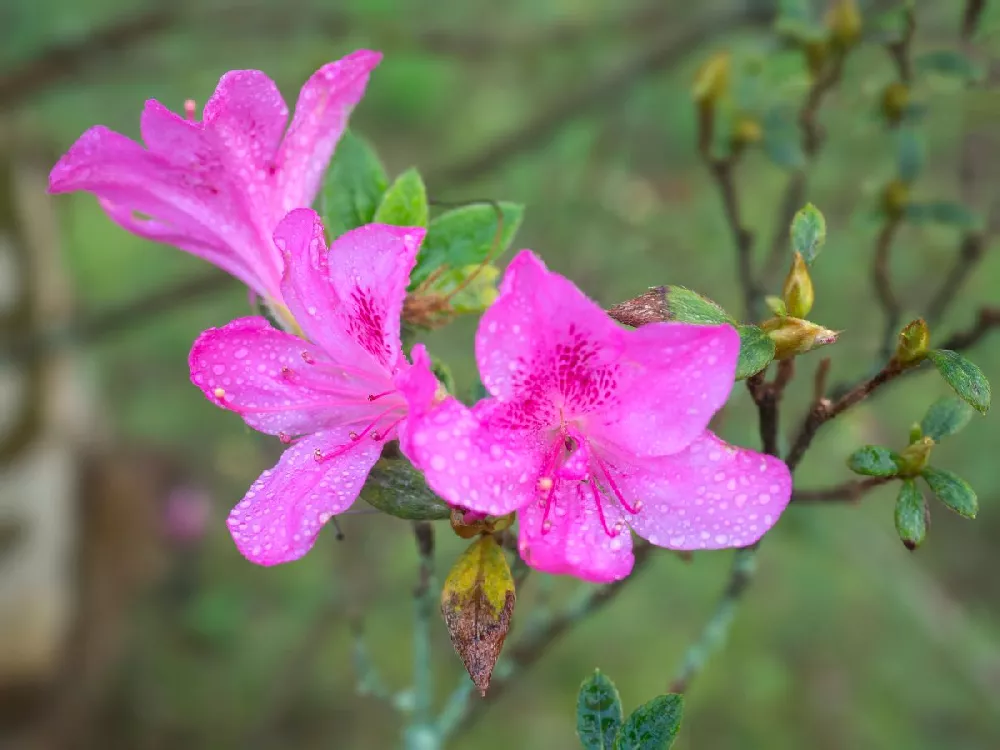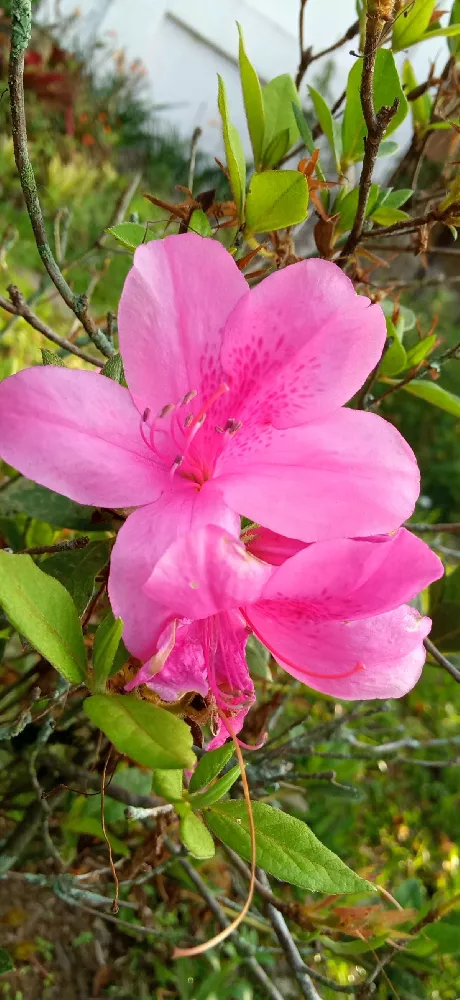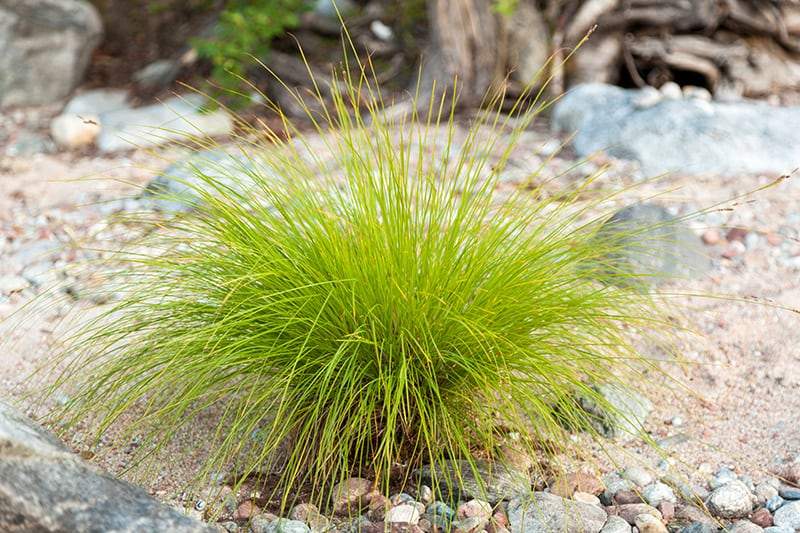- Home >
- Azalea Bushes
Azalea Bushes for Sale - Buying & Growing Guide
13 Results
-
Growing Zone(s): 7-9$40.95
$79.95Save up to 48% -
Growing Zone(s): 6-10$55.95
$74.95Save up to 25% -
Growing Zone(s): 6-10$41.95
$44.95Save up to 6% -
Growing Zone(s): 6-9$37.95
$44.95Save up to 15% -
Growing Zone(s): 6-10$38.95
$73.95Save up to 47% -
Growing Zone(s): 6-8$21.95
$35.95Save up to 38% -
Sold OutGrowing Zone(s): 6-10$81.95
-
Sold OutGrowing Zone(s): 6-10$41.95
-
Sold OutGrowing Zone(s): 6-9$52.95
-
Sold OutGrowing Zone(s): 4-11 patio / 8-11 outdoors$94.95
-
Sold OutGrowing Zone(s): 4-9$68.95
-
Sold OutGrowing Zone(s): 4-7$81.95
How to Grow Azalea Shrubs
How to plant azalea shrubs
Azalea shrubs can be planted in the spring or fall, but avoid planting in the heat of summer. Place them where they will receive a mixture of sun and shade. They prefer acidic soil that is well drained and enhanced with organic matter, such as leaf mold or compost.
Dig a hole for your azalea somewhat larger than the root ball or pot diameter, and deep enough so that when you place the root ball in the hole it will protrude two inches from the soil. Mix several shovelfuls of compost into the hole before planting. Once you’ve placed the shrub, backfill (replace the dirt you removed from the hole) with your compost-enhanced soil.
Water your newly-planted shrub deeply. A heavy mulch is a good idea, preferably an organic material such as peat moss or leaf mold. In the winter, pile the mulch higher around the trunk, but in the spring pull it back so the trunk is exposed to the air.
How to achieve maximum results
The perfect spot for an azalea shrub gets good morning sun, and then filtered or light shade in the afternoon. Azaleas love the cooler temperatures of spring and fall, and if you must plant them in full sun, be prepared to water heavily, especially when it’s hot outside. Your best bet is a massed planting under large trees that allow dappled light through, or near the north side of your home.
How to Care for Azalea Shrubs
Watering and nutrients
Azaleas have shallow roots, so they need more consistent watering than deeper-rooted shrubs. Plan for roughly one inch of water per week. Check the soil around the plant regularly. If the area feels dry, give your shrub a drink. Newer shrubs will need more water than established plantings.
Fertilize in the spring, preferably with a fertilizer that is formulated for acid-loving plants such as azaleas and rhododendrons. Avoid over fertilizing, as the roots are sensitive and burn easily from too many nutrients applied at once.
Pollination
Azaleas can be propagated from seed, but it’s more common to create new plants by asexual reproduction, via cuttings or grafts. Use new growth for cuttings, and cut off all the leaves except the top cluster. Scrape the bark off the bottom inch and dip it in a liquid rooting hormone. Place the twig in a soilless mix of peat moss and perlite, and water it well. You should start to see roots in four to eight weeks.
Pruning
Azalea shrubs are best pruned right after they are finished blooming in early summer. You can prune roughly to ensure a pleasing shape, but azaleas are not intended to be overly shaped into a rigid hedge or box shape as doing so will lead to less flowering. Allow the natural beauty of the plant’s form to shine through, and prune lightly to remove diseased or broken branches, or those that impede the bush’s shape.
Pests and diseases
Azalea shrubs may be affected by azalea gall, which curls the leaves. The affected leaves should be removed and discarded. Powdery mildew is also a problem, but can be controlled with a fungicide. Rust is another fungal disease that causes red or orange lesions on leaves, or cankers on barks. Prune and destroy all infected plant parts.
Pests include azalea bark scale, azalea lace bugs, leafminers, and nematodes. Horticultural oil and insecticidal soaps may help, as can Bacillus thuringiensis, or Bt, which is an organic bacterium that helps control caterpillars and other pests.
